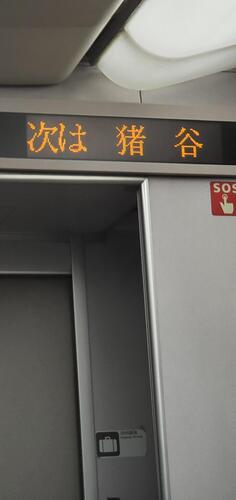https://www.wkstats.com:10001/items/jlpt lists the following as N1 kanji not on WaniKani. And yes, I know there’s not really an official list. I’m not asking if these are actually needed for N1 (I assume almost entirely not). I’m really asking if any of these stand out as useful to learn.
丑,丙,丞,亘,亥,亦,亨,伍,伶,伽,但,佑,侃,侑,侯,倖,倣,倭,偲,儒,允,冴,冶,凜,凪,凱,勁,勅,勺,匁,匡,卯,厘,叡,只,叶,吏,啄,喬,嗣,嚇,圭,塑,墾,壱,奎,嫡,孟,宏,宥,宵,寅,尭,峻,崚,嵩,嵯,嶺,巌,巳,巴,巽,弐,弘,彗,彦,彪,彬,怜,恕,悌,惇,惟,惣,愁,慧,抄,捷,捺,敦,斥,於,旭,旺,昂,昴,晃,晋,晏,晟,晨,暉,暢,朋,朔,朕,李,杜,柊,柚,柾,栗,桂,桐,梢,梧,棺,椋,椰,椿,楊,楠,楼,榛,槙,槻,樺,橘,檀,欣,欽,毅,毬,汐,洲,洵,洸,浩,淳,渚,渥,滉,漱,澪,濫,熙,燎,燦,燿,爵,爾,猪,玖,玲,琉,琢,琳,瑚,瑳,瑶,甫,畝,痘,皐,皓,眸,硝,碧,碩,磯,祐,禄,禎,秦,稀,稔,稜,穣,窯,竣,笙,笹,箇,紗,紘,紬,絃,絢,綜,綸,繕,繭,翁,翠,耀,耗,耶,肇,肢,胤,脩,脹,舜,艶,芙,芹,苑,茄,茅,茉,莞,菖,菫,萩,蒔,蓉,蔦,蕉,蕗,薪,薫,蘭,虞,蚕,衷,衿,袈,裟,褐,詔,詢,誼,諄,謁,謄,賜,賦,赳,辰,迪,逐,逓,遵,邑,郁,酉,采,銑,錘,附,雛,霞,鞠,韻,頌,頒,馨,魁,鮎,鯛,鳳,鴻,鵬,鷹,麟,麿,黎,黛
Looking through the list, I recognize these:
- 伍 as the fancy 五
- 凜 as the name りん (though I know the meaning too)
- 凪 from the anime 凪のあすから
- 只 though I didn’t really know what it meant until I happened to encounter it in a manga an hour ago
- 壱 as the fancy 一
- 弐 as the fancy 二
- 栗 because this shows up when reading a lot for some reason
- 霞 which I learned recently from 霧のむこうのふしぎな町 (though they wrote it in kana)
A lot of them seem to be used in names, but as I don’t see Japanese names often I don’t recognize most of those. Also, somehow I think I can ignore the ones with the 木 radical since I’m not planning to catalog any plants in Japanese any time soon. So do any of these stand out as (relatively) common or useful?

